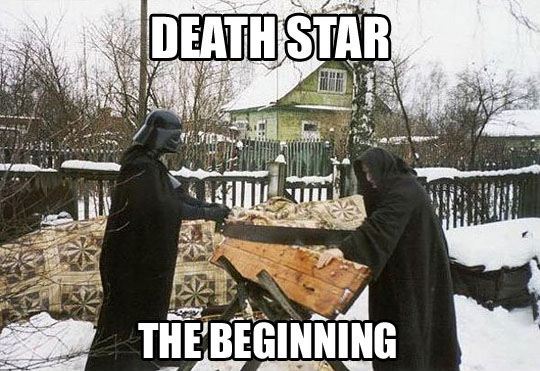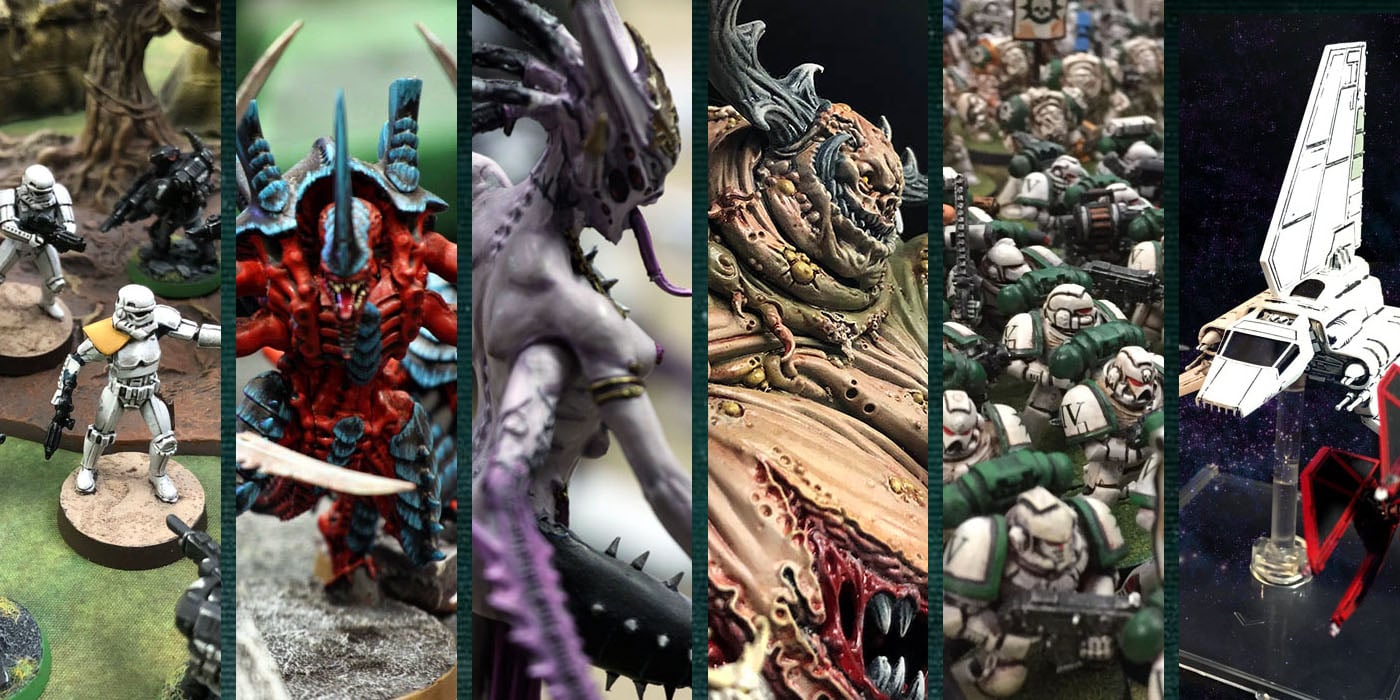40K: Deathstars – Why They Work



One gamer takes a look into why Deathstars are so effective on the tabletop.
Love ‘em or hate ‘em, ‘Deathstar’ style units are popular in 40k. There have been countless versions, from the old Ork Nob squad to the psychic ‘Screamerstar’. Regardless of the faction, the idea is the same. Take a powerful unit and give it a crazy number of upgrades and psychic buffs in order to make it nearly unstoppable. Let’s delve into the reasons why these units work.
A guest article by William Ford.
General Reasons
If more of your points are concentrated into a single unit, then buffing that unit is going to buff a higher percent of your total army. Casting prescience on a 10 man squad of guardsmen isn’t going to be incredibly beneficial, but casting it on a 40 man blob squad* is going to have much more of an impact. This may be obvious, but casting a psychic blessing is never dependent on the size of a unit.
If you want to use a force multipliers on a larger percent of your army, then you can either take more of the multiplier or increase the size and cost of the unit being multiplied. This isn’t to say you should buy useless upgrades for your units, but adding more models and taking important upgrades is key.
Game Specific Reasons
Most force multipliers come in the form of items/relics or psychic powers, and the vast majority of these only target a single unit. There are some instances, such as the ‘Cursed Earth’ power, that affect all units within a certain range, but there aren’t usually enough of these to begin stacking effects. Because of these mechanics, the game does have a slight predisposition to stacking multiple buffs on the same unit.
Much of the internet chatter related to list building focuses on the competitive nature of the game and specifically centers around tournaments. In a situation where time is limited, a smaller force is always going to have an advantage simply because there is less you have to do each turn. When you make more decisions per turn (especially in a limited time frame) you are more likely to make a mistake. In general it is much easier to maneuver a smaller force than a giant horde of bodies**.
Math Specific Reasons
One of the reasons that buff abilities are called ‘force multipliers’ is because when you stack certain abilities the results are multiplicative rather than additive. This means that putting multiple buffs on a single unit is often (always*** from a pure numbers standpoint) better than spreading them out to different units. For instance, if you have two identical units and you have one ability that re-rolls hits and one ability that re-rolls wounds, then it is better to use both abilities on the same unit rather than giving one ability on each unit.
Deathstars play a significant role in many local metas. They may have lost some popularity with the rise of Imperial Knights, but they still represent a significant challenge for many forces. Through various game mechanics and mathematical properties Deathstars represent a straightforward (some might call it easy) way to become competitive. Unless these game mechanics change, or we see a significant increase in the number of strength D weapons, there will always be some form of a Deathstar list that is popular in the meta.
So what is your take on the current state of the Deathstar? Do you prefer to play with them or do they not have a place in Warhammer 40k?




